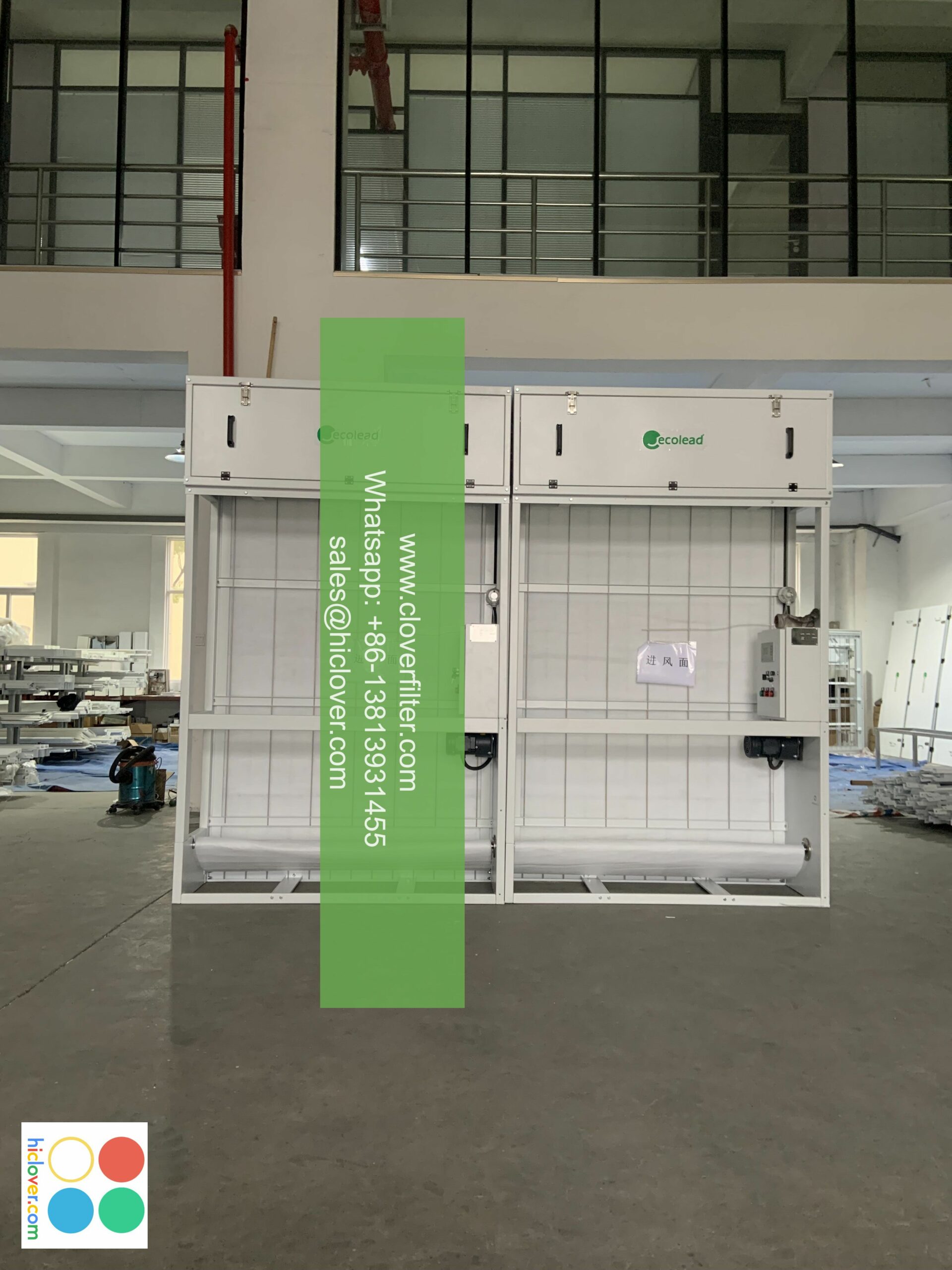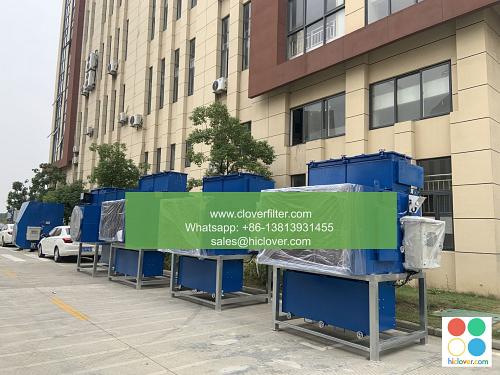The Science Behind Honeycomb Air Filters: What You Need to Know

Honeycomb air filters, also known as honeycomb structured filters or honeycomb core filters, have been gaining popularity in recent years due to their unique design and exceptional performance in various air filtration applications. In this article, we will delve into the science behind honeycomb air filters, exploring their construction, working principle, and advantages, as well as their application areas in industrial air purification, commercial air cleaning, and residential air filtration systems.
Construction and Working Principle
A honeycomb air filter consists of a honeycomb-shaped structure made up of numerous hexagonal cells that are typically arranged in a honeycomb pattern. This unique design provides an extremely large surface area for air filtration, allowing for efficient capture of airborne particles and gases. The honeycomb cells are usually made of a porous material, such as activated carbon or zeolites, which absorb and trap pollutants as the air passes through the filter.
The working principle of a honeycomb air filter is based on the concept of diffusion and interception. As the air flows through the honeycomb structure, the pollutant particles are forced to navigate through the hexagonal cells, where they are captured and retained by the filter media. This filtering process is highly efficient, with honeycomb air filters capable of removing up to 99.97% of airborne particles as small as 0.3 microns.
Advantages and Benefits
Honeycomb air filters offer several advantages and benefits over traditional air filtration systems. Some of the key benefits include:
* High filtration efficiency: Honeycomb air filters are capable of capturing a wide range of airborne pollutants, including particulate matter, gases, and odors.
* Low pressure drop: The honeycomb structure of these filters allows for smooth airflow and minimal pressure drop, resulting in reduced energy consumption and increased system performance.
* Compact design: Honeycomb air filters are often more compact than traditional filters, making them ideal for use in limited spaces.
* Long service life: The honeycomb structure and filter media used in these filters are designed to last, with some filters lasting up to 5 years or more before requiring replacement.
Application Areas
Honeycomb air filters have a wide range of application areas, including:
* Industrial air purification: Honeycomb air filters are used in various industrial processes, such as chemical processing, pharmaceutical manufacturing, and food processing.
* Commercial air cleaning: These filters are used in commercial buildings, such as offices, hospitals, and shopping centers, to improve indoor air quality and reduce the risk of airborne diseases.
* Residential air filtration systems: Honeycomb air filters are used in home air purification systems to remove airborne pollutants and improve indoor air quality.
* Aerospace and automotive applications: These filters are used in aerospace and automotive applications to provide clean air for passengers and crew members.
Conclusion
In conclusion, honeycomb air filters are a highly efficient and effective air filtration solution that offers numerous advantages and benefits over traditional air filtration systems. Their unique honeycomb structure and filter media make them ideal for use in a wide range of applications, from industrial air purification to residential air filtration systems. As the demand for clean air and healthy indoor environments continues to grow, honeycomb air filters are likely to play an increasingly important role in air filtration applications around the world. It seems like you’re ready to start a conversation or request information on a topic, but you haven’t specified what that is yet. Could you please provide more details or clarify your prompt so I can assist you more effectively?

